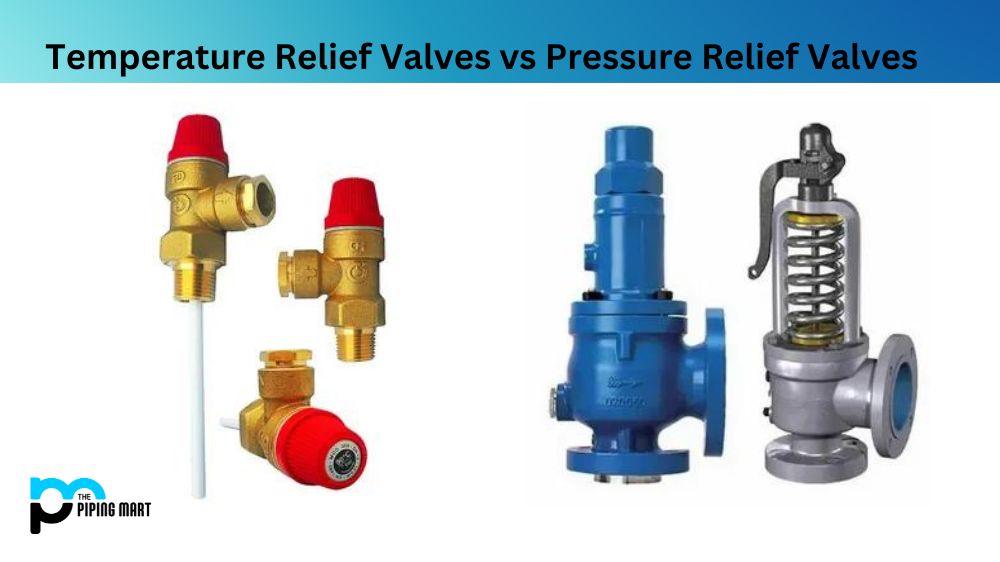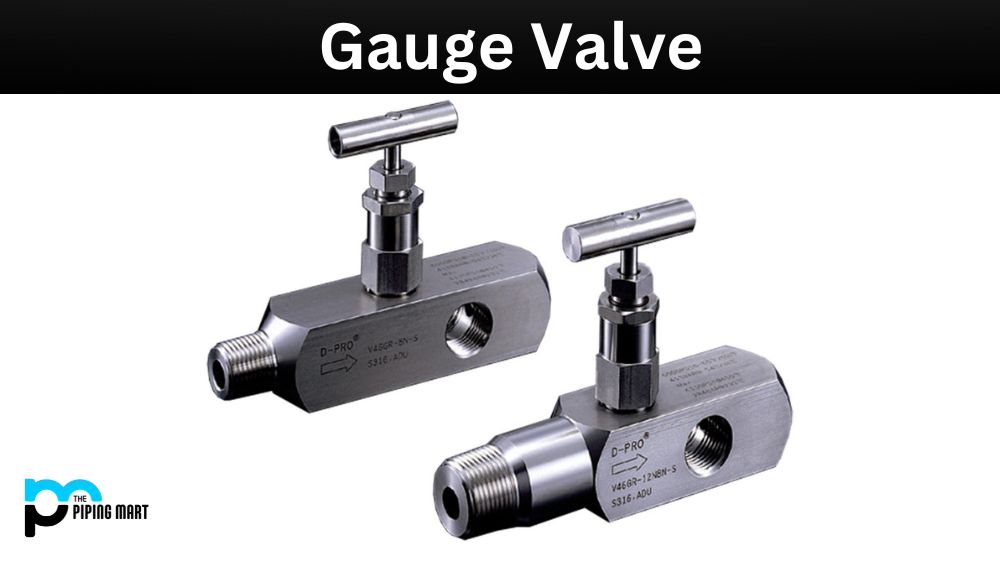If you work in an industry that deals with high-pressure systems, then you’ve probably heard about temperature relief valves and pressure relief valves. While important to maintain system safety, they each serve a different purpose. In this blog post, we will explore the difference between temperature relief valves and pressure relief valves, including their functions, designs, and applications.
What is Temperature Relief Valve?
A Temperature Relief Valve is a safety device designed to open, release pressurized substances and regulate temperature in a system. It works by relieving excess pressure or heat when the static pressure reaches a preset value. This type of valve has wide applications in industry, power plants and even household boilers where it is used to protect equipment from damage due to overpressure or overheating.
What is Pressure Relief Valve?
A Pressure Relief Valve (PRV) is a safety device designed to protect pressurized systems or components from over-pressurization. It typically consists of a valve, spring mechanism, and seat together with an inlet and outlet port. The valve opens when the pressure reaches a predetermined set point allowing excess fluid or gas to be released, thus relieving the system pressure.
Difference Between Temperature Relief Valve and Pressure Relief Valve
Function
The main difference between a temperature relief valve and a pressure relief valve is its function. A temperature relief valve is designed to release hot liquids or gases from a system when the temperature rises too high. For instance, in a water heating system, a temperature relief valve opens up when the water temperature is above the set limit, which prevents the system from overheating and causing damage.
On the other hand, a pressure relief valve is used to release excess pressure from a system when the pressure inside the system becomes too high. A pressure relief valve is typically found in steam boilers, pressure vessels, and compressed air systems.
Design
The design of the two valves is another significant factor that distinguishes them from each other. A temperature relief valve features a temperature probe that expands and contracts with temperature changes. When the temperature rises too high, the probe triggers the valve to open, allowing the heated liquid or gas to escape.
A pressure relief valve, however, consists of a spring-loaded valve and a pressure-sensing element, which responds to pressure changes inside the system. If the pressure exceeds the set limit, the valve opens, and excess pressure is released.
Applications
Temperature relief valves are mostly used in hot water heating systems, geothermal systems, and solar heating systems. These valves help maintain a safe temperature range, prevent overheating and damage to the system, and keep users safe.
On the other hand, pressure relief valves are a common sight in compressed air systems, pressure vessels, and steam boilers. Without pressure relief valves, these systems could experience dangerous pressure build-up, causing irreparable damage or even catastrophic failure.
Conclusion:
While temperature and pressure relief valves may seem similar, their different functions, designs, and applications make them necessary for maintaining system safety in different high-pressure systems. Understanding their differences can help you make informed decisions when selecting valves for your systems, ensuring you choose the appropriate valve that meets your system’s safety needs.
Meet Heer, a dynamic and driven writer learning tricks of her trade in the metal industry. With a background in Digital Marketing, Heer brings a unique perspective to her writing, sharing valuable insights. Apart from blogging she like reading and hiking.




